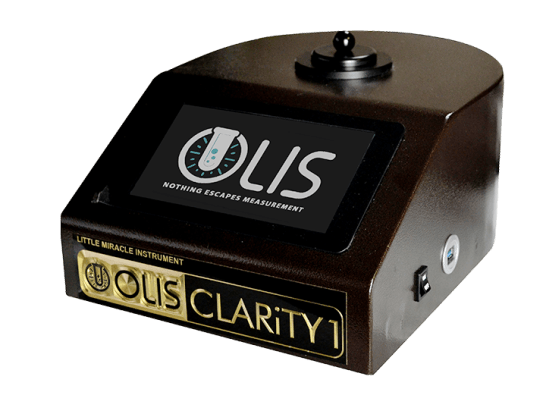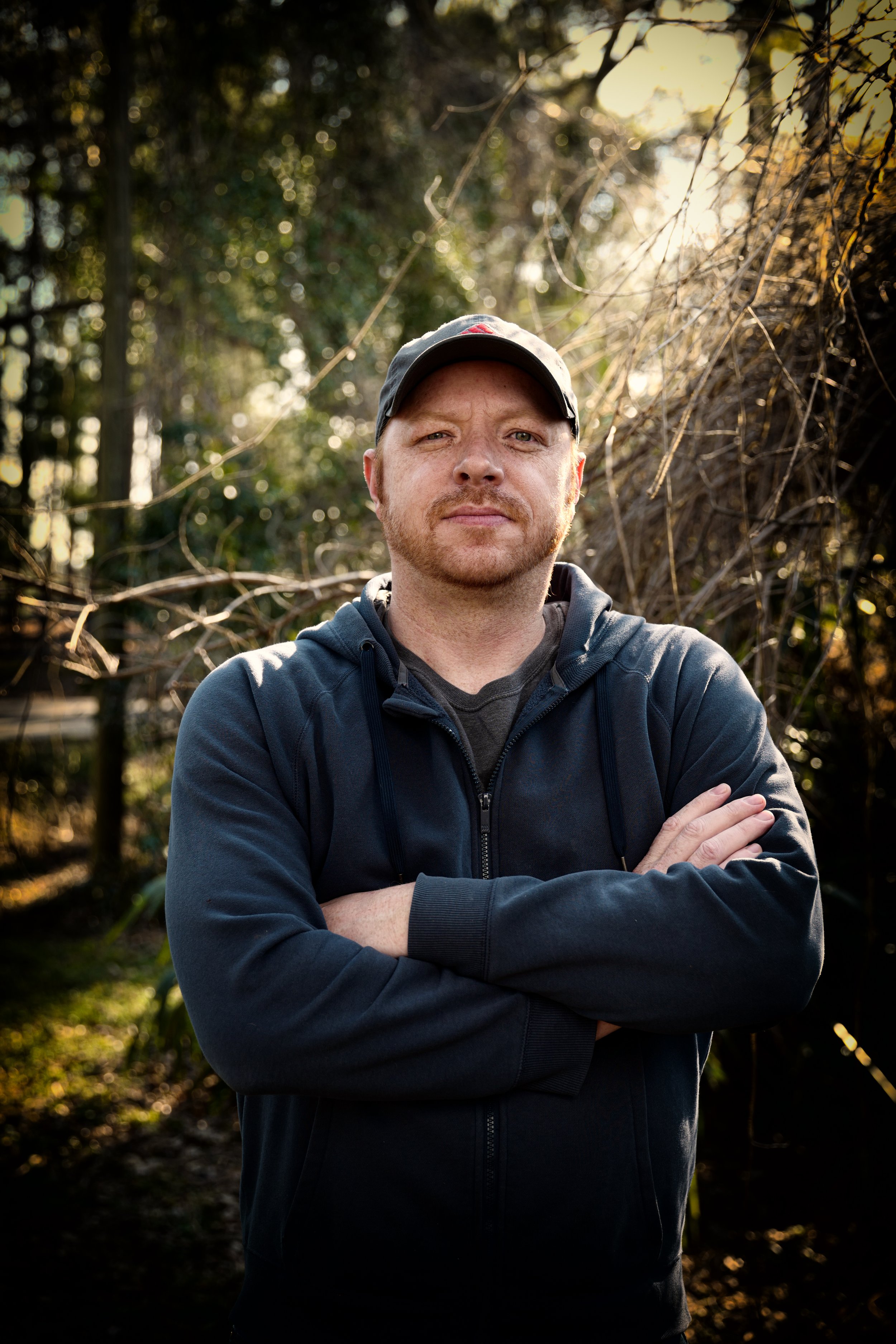Indicators on Circularly Polarized Luminescence You Should Know
Indicators on Circularly Polarized Luminescence You Should Know
Blog Article
Not known Factual Statements About Circularly Polarized Luminescence
Table of ContentsThe 15-Second Trick For Circular DichroismThe Ultimate Guide To Circular DichroismThe Best Strategy To Use For SpectrophotometersUv/vis Things To Know Before You BuySee This Report about Circular Dichroism

Spectrophotometry is a tool that hinges on the quantitative analysis of particles depending on how much light is soaked up by colored substances.
9 Simple Techniques For Uv/vis
A spectrophotometer is typically utilized for the measurement of transmittance or reflectance of options, transparent or opaque solids, such as polished glass, or gases. Lots of biochemicals are colored, as in, they soak up visible light and therefore can be measured by colorimetric procedures, even colorless biochemicals can typically be converted to colored compounds suitable for chromogenic color-forming responses to yield substances appropriate for colorimetric analysis.: 65 However, they can also be designed to measure the diffusivity on any of the listed light varieties that usually cover around 2002500 nm using various controls and calibrations.
An example of an experiment in which spectrophotometry is used is the decision of the stability constant of an option. A particular chain reaction within a service may happen in a forward and reverse direction, where reactants form items and items break down into reactants. Eventually, this chain reaction will reach a point of balance called an equilibrium point.
The Buzz on Uv/vis/nir
The amount of light that travels through the solution is indicative of the concentration of certain chemicals that do not permit light to go through. The absorption of light is due to the interaction of light with the electronic and vibrational modes of molecules. Each kind of particle has a specific set of energy levels associated with the makeup of its chemical bonds and nuclei and hence will absorb light of particular wavelengths, or energies, leading to unique spectral homes.
Using spectrophotometers spans different scientific fields, such as physics, products science, chemistry, biochemistry. circularly polarized luminescence, chemical engineering, and molecular biology. They are widely utilized in numerous markets consisting of semiconductors, laser and optical production, printing and forensic examination, in addition to in laboratories for the research study of chemical substances. Spectrophotometry is typically used in measurements of enzyme activities, decisions of protein concentrations, determinations of enzymatic kinetic constants, and measurements of ligand binding reactions.: 65 Eventually, a spectrophotometer is able to identify, depending upon the control or calibration, what substances are present in a target and precisely how much through estimations of observed wavelengths.
Created by Arnold O. Beckman in 1940 [], the spectrophotometer was developed with the aid of his colleagues at his company National Technical Laboratories established in 1935 which would end up being Beckman Instrument Company and eventually Beckman Coulter. This would come as a solution to the formerly created spectrophotometers which were not able to soak up the ultraviolet correctly.
The smart Trick of Circular Dichroism That Nobody is Discussing
It would be discovered that this did not provide acceptable outcomes, therefore in Design B, there was a shift from a glass to a quartz prism which permitted better absorbance outcomes - circularly polarized luminescence (http://www.video-bookmark.com/bookmark/6114703/olis-clarity/). From there, Model C was born with a change to the wavelength resolution which wound up having 3 units of it produced
It was produced from 1941 to 1976 where the cost for it in 1941 was US$723 (far-UV devices were an option at extra expense). In the words of Nobel chemistry laureate Bruce Merrifield, it was "most likely the most crucial instrument ever established towards the advancement this of bioscience." Once it ended up being stopped in 1976, Hewlett-Packard developed the first commercially offered diode-array spectrophotometer in 1979 known as the HP 8450A. It irradiates the sample with polychromatic light which the sample soaks up depending on its homes. It is transmitted back by grating the photodiode selection which finds the wavelength area of the spectrum. Since then, the creation and execution of spectrophotometry devices has actually increased immensely and has actually become one of the most ingenious instruments of our time.

The Basic Principles Of Uv/vis
The grating can either be movable or repaired.
In such systems, the grating is repaired and the intensity of each wavelength of light is determined by a different detector in the array. Additionally, most modern-day mid-infrared spectrophotometers use a Fourier change strategy to get the spectral info - https://padlet.com/julieanndesalorenz30606/olis-clarity-srqqvp7768okh664. This technique is called Fourier change infrared spectroscopy. When making transmission measurements, the spectrophotometer quantitatively compares the fraction of light that goes through a referral solution and a test solution, then electronically compares the intensities of the 2 signals and calculates the portion of transmission of the sample compared to the reference standard.

Report this page